TechRadar Verdict
Hisense takes a break from its usual LCD focus to have a go at OLED with the 65-inch 65A9G - and in many ways the results are impressive. Despite being slightly cheaper than its OLED rivals, for instance, it boasts such premium features as Dolby Vision HDR and a Dolby Atmos sound system. Its sound system is excellent too, and while it lacks 4K/120Hz gaming support and its pictures aren’t quite as good as those of more experienced rivals, it still delivers on OLED’s core strengths.
Pros
- +
Affordable by OLED standards
- +
Typically impressive OLED contrast
- +
Good sound quality
Cons
- -
Some unhelpful picture presets
- -
No 4K/120Hz or VRR support
- -
Motion problems
Why you can trust TechRadar
One-minute review
The 65A9G sees Hisense returning to the OLED TV fray for the first time since 2019: it’s a 65-inch model that delivers the usual ‘every pixel makes its own light and colour' advantage that’s made OLED so beloved of home entertainment enthusiasts.
Its charms don’t stop there, though. Its features list also includes support for both of the Dolby Vision and HDR10+ premium HDR formats alongside the more common HDR10 and HLG systems. Its smart features are provided through Hisense’s increasingly decent VIDAA smart system. And perhaps most promisingly of all, the 65A9G has been deemed by IMAX as a good enough picture performer to deliver the benefits of its IMAX Enhanced content mastering system.
The 65A9G goes the extra mile with its audio, too, in the shape of Dolby Atmos playback supported by a built-in soundbar and dedicated up-firing drivers.
It’s slightly cheaper than its 65-inch OLED rivals, too, despite delivering excellent sound quality and typically very good picture quality. So what's the problem? Rivals such as the LG C1 OLED offer superior gaming features and more consistently excellent picture quality for not all that much more cash.
Price and availability
- Available in 55 and 65-inch versions.
- The 55- and 65-inch TVs cost £1,499/€1,499 and £1,899/€1,899 respectively.
- Available in the UK and Europe, but not Australia or the US.
The Hisense A9Gs are widely available in the UK and the rest of Europe, costing slightly less than rival OLED models. For instance, the 65A9G under consideration here undercuts LG’s equivalent 65C1 model by around £100.
There doesn’t appear to be any evidence as yet that Hisense is about to roll the A9G OLED TVs out in its US or Australian markets any time soon, however.
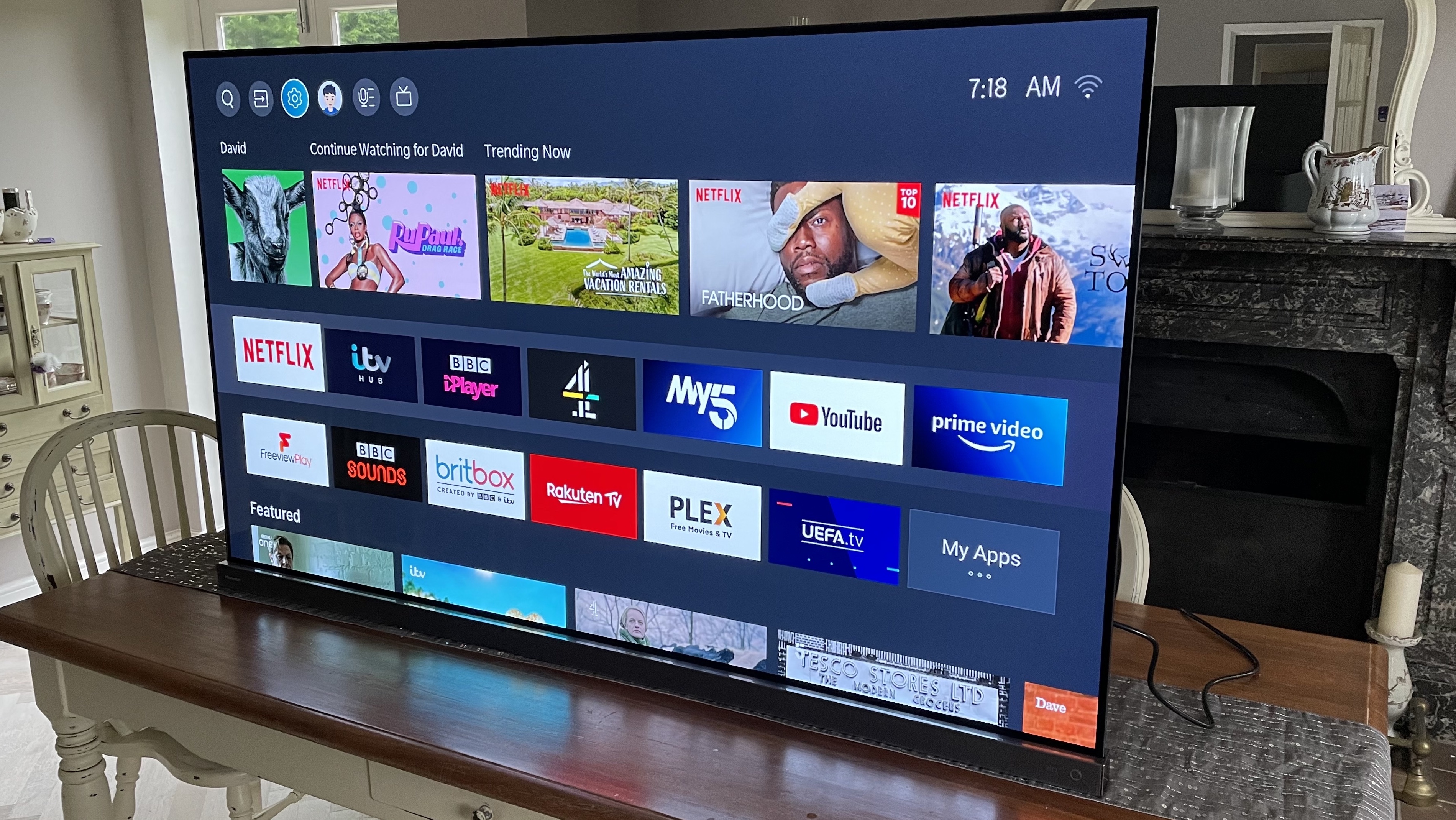
Design
- 65-inch OLED screen that’s ultra thin at its edges
- Built-in ‘soundbar’
- Quite chunky by OLED standards apart from the outer edges
- No HDMI ports that support 4K/120Hz
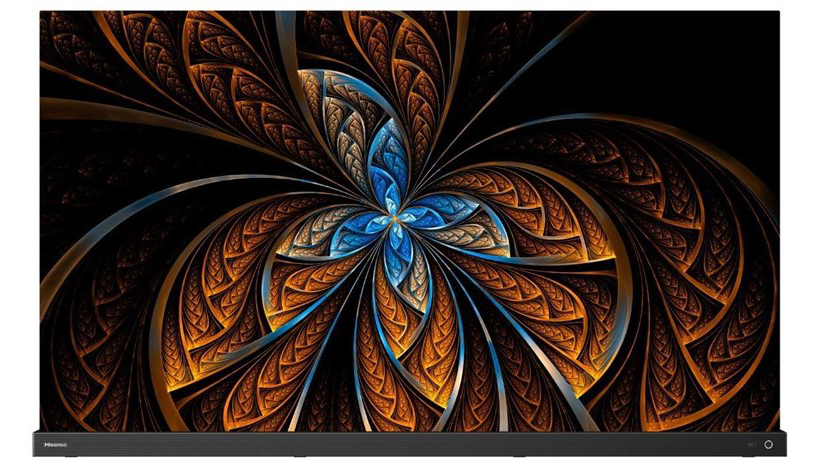
Screen sizes: 55 and 65 inches | Tuner: Freeview HD | 8K: No | HDR: Yes (including Dolby Vision and HDR10+) | Screen technology: OLED | Smart TV: VIDAA | Native resolution: 4K | 3D: No | Inputs: 4xHDMI (all v2.0 with some 2.1 features), 2 x USB, RF input, optical digital audio, headphone output, Ethernet, RF port
The Hisense 65A9G’s look is certainly interesting. It sits right down on its desktop stand, flush to the surface of your table, and is so chunky over the bottom two-thirds or so of its rear that it can comfortably accommodate two sturdy metal inserts that stick up from the heavy-duty, centrally mounted desktop stand.
To make double sure the screen can’t topple forward, Hisense provides a couple of ballast weights that have to be screwed to each side of the rear ‘foot’, while support at the front is provided by a chunky built-in speaker bar. This speaker bar enjoys an attractive silver, metallic, grilled finish, and looks substantial and robust enough to potentially do some real sonic damage. In a good way.
The soundbar is backed up when it comes to delivering on the TV’s Dolby Atmos sound playback by two up-firing drivers and a dedicated bass driver on the ‘fat’ bit of the TV’s rear.
While most of the TV’s rear is pretty deep by today’s standards, the 65A9G is actually extremely thin at its upper edges - barely a centimetre deep, in fact. Note that the screen leans back ever-so-slightly on its stand, rather than standing directly upright.
The TV is joined by an impressive remote control reminiscent of handsets from premium brand Bang & Olufsen with its metallic silver finish and stylishly angular buttons. It’s good to see direct buttons present, too, for Netflix, Amazon Prime Video, Freeview Play, YouTube and Rakuten.
The Hisense 65A9G’s connections, finally, are a mixed bag. The good news is that there are four HDMIs, as well as an optical digital audio input and a pair of USBs. The bad news is that none of the HDMIs can take 4K at 120Hz, denying owners of the PS5, Xbox Series X and the latest premium PC cards the smoothest, cleanest experience their gaming devices are capable of.
The HDMIs will support variable refresh rates, albeit only up to 60Hz, and can support eARC lossless Dolby Atmos audio passthrough. There’s also support for the Auto Low Latency Mode feature, whereby compatible sources can tell the TV when to switch in and out of its Game picture mode, depending on the type of content a console is playing.
All four HDMI ports on the £100 dearer LG OLED65C1 support 4K 120Hz, as well as the Nvidia and AMD flavours of variable refresh rate technology.
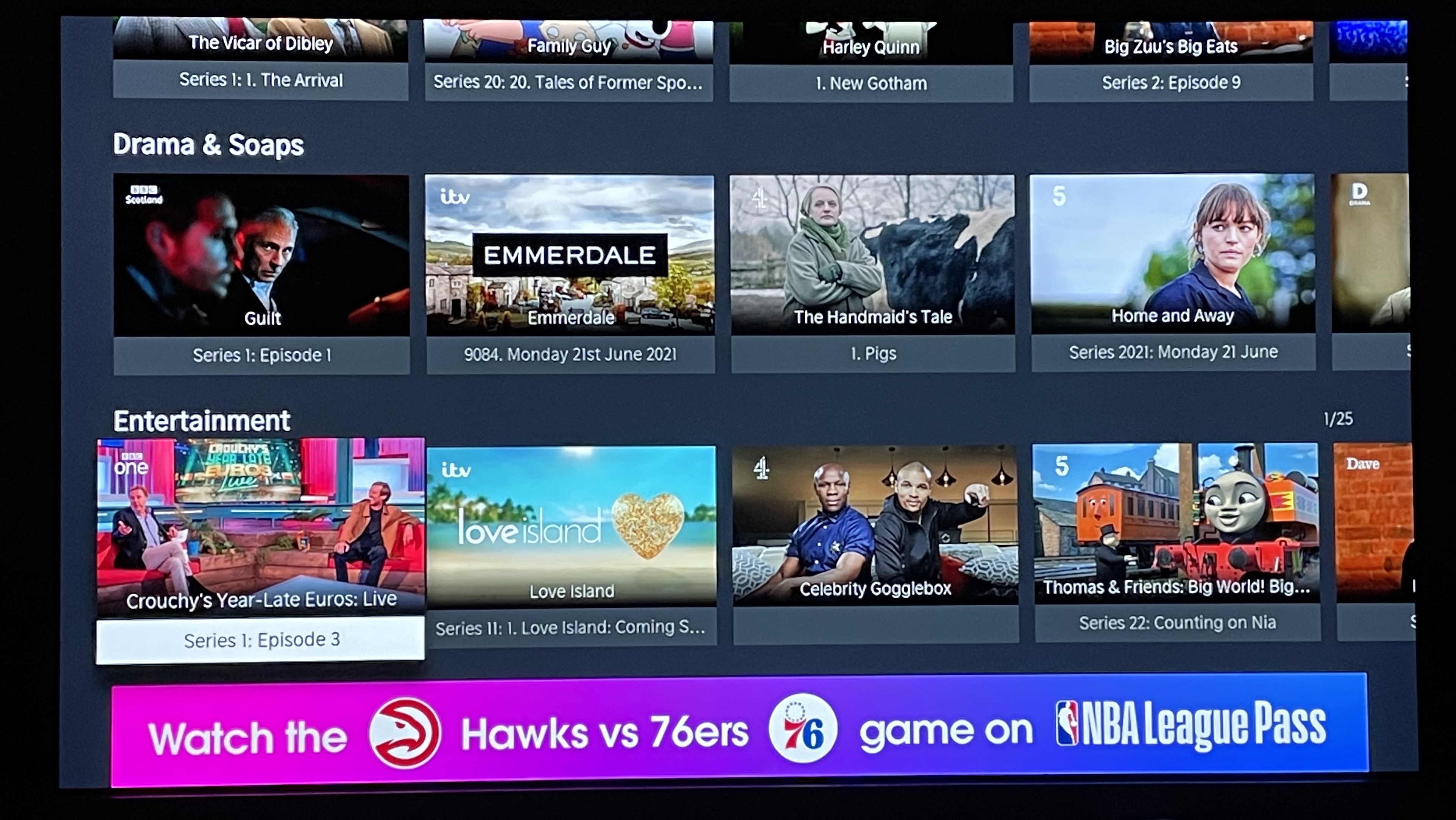
Smart TV (VIDAA)
- Smart features provided by Hisense’s own, much-improved VIDAA system
- Offers Google Assistant and Alexa voice support
- Freeview Play app onboard, along with Netflix, YouTube, Amazon Video and more
- No Disney+ or Apple TV+ apps at the time of writing
Hisense’s VIDAA smart TV platform looks more like Android TV every day. The home page fills the entire screen with large, easy to read icons providing direct links to separate apps and, where an app supports it, shows carried by the app you most recently used.
The two main rows of app links can easily have their running order customised (except, annoyingly, that Netflix appears to be locked in place as your first app, presumably on the back of some Hisense/Netflix deal), the system runs slickly and stably, and there’s built-in support for both Google Assistant and Alexa voice recognition systems.
It’s also nice how you can scroll down to further shelves of app-specific content links. The only bad news is the lack of support for Apple TV+ and Disney+.
Picture quality
- Comprehensive HDR support
- Excellent black level response
- Some odd preset choices
The picture quality of Hisense’s first OLED TVs, 2019’s 05BUK range, came up rather short of the competition. Happily the 65A9G delivers a marked improvement - though still falls short of key rivals in a couple of areas.
Maybe the single best improvement comes with its handling of dark scenes. It manages to present black colours with all the depth and purity we’ve come to associate with good quality OLED images, with no hint of the sort of greyness that can infuse dark scenes to some extent on almost all LCD-based TVs.
The 65A9G delivers these classic OLED black levels with good stability, too, avoiding the tendency for baseline brightness levels to flicker and jump around slightly during very dark scenes that can still effect some OLED TVs.
Provided you don’t use the poorly designed HDR Day and HDR Night presets, colours look impressive too. Rich and vibrant, but also natural and nuanced.
There’s not quite as much out of the box colour accuracy as you get with the best rival OLEDs, and the calibration tools aren’t as effective as those of more ‘experienced’ OLED brands. Nor is there quite as much tonal finesse as you get with OLED TVs such as the Sony A90J or any of Panasonic’s 2021 OLED models that boast more powerful, refined processing engines. There can also occasionally be some very slight clipping (loss of subtle shading detail) in extremely bright areas of colour when watching aggressively mastered 4K Blu-rays - though unless you know what you’re looking for, you might well not notice this latter issue.
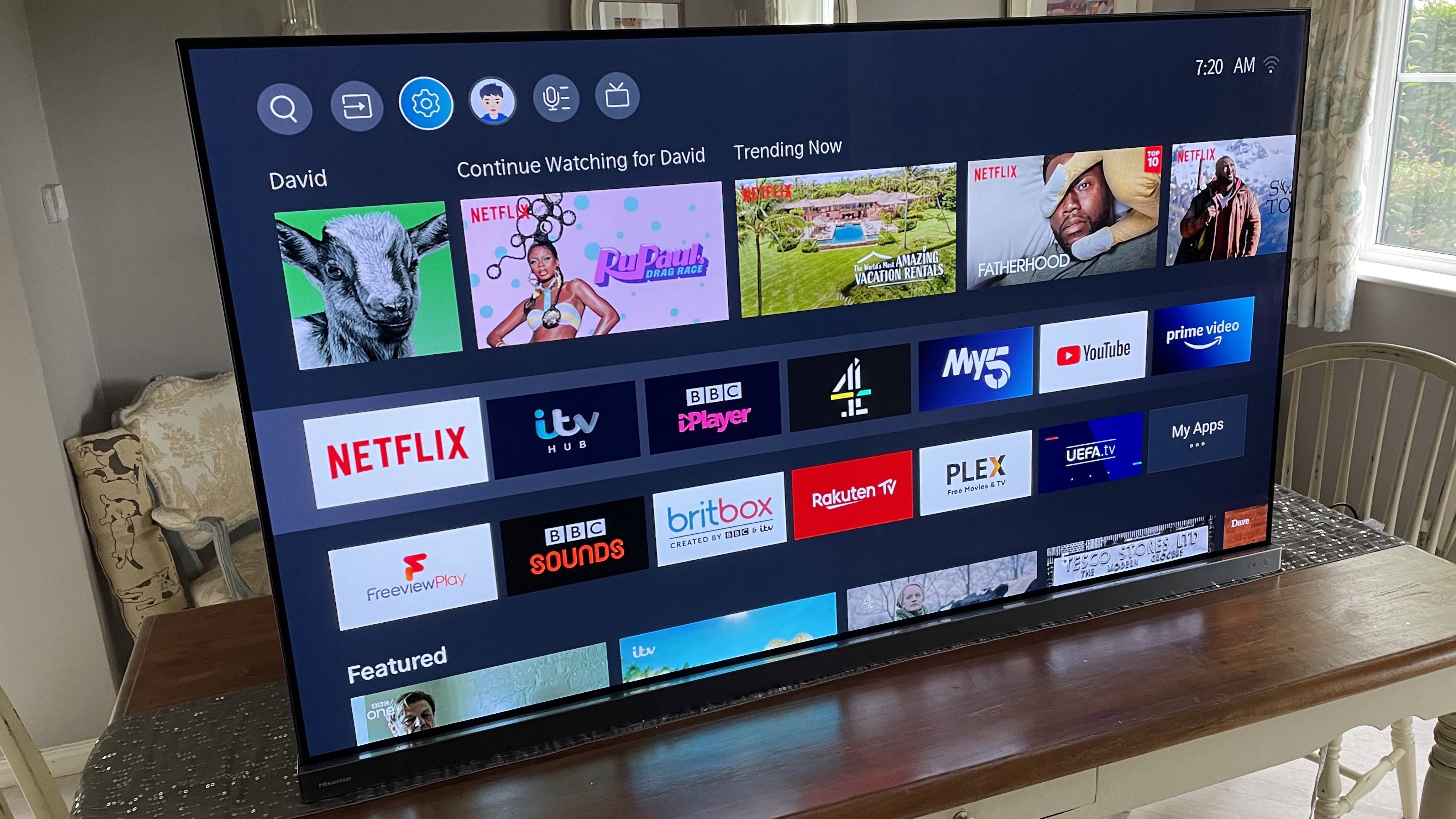
The 65A9G delivers pretty well on the sharpness and detail of native 4K sources. You have to be a bit careful with the TV’s sharpness setting; set it too high and pictures quickly start to look excessively gritty and unnatural. Left in a fairly neutral position, though, the 65A9G’s 4K imagery exhibits the sort of clarity and extra sense of depth we now expect to see with native 4K content.
Switching between HD and 4K football coverage via the BBC iPlayer or Sky is a particularly easy and effective way of seeing just how strongly the 65A9G delivers the 4K ‘difference’. The 65A9G isn’t as impressive at handling HD sources, though. Its upscaled pictures look noticeably softer than those delivered by the best rival upscaling engines. Upscaled skin tones can look plasticky, and there’s a lack of refinement in difficult, highly textured areas such as football pitches, background crowds, and shots of forests and brickwork.
Colours look a little ragged at the edges of objects with upscaled content too, and all of the presets bar the two Cinema ones look oversaturated with SDR sources. The Cinema presets, on the other hand, look rather desaturated and flat.
There are other picture preset issues too - especially, unexpectedly, when it comes to Dolby Vision. For instance, while the Dolby Vision Dark mode delivers the most extreme and exciting sense of dynamic range, along with the most accurate luminance levels with DV content, it also causes uncomfortable amounts of shadow detail to disappear, leaving dark picture areas looking hollow and unnatural.
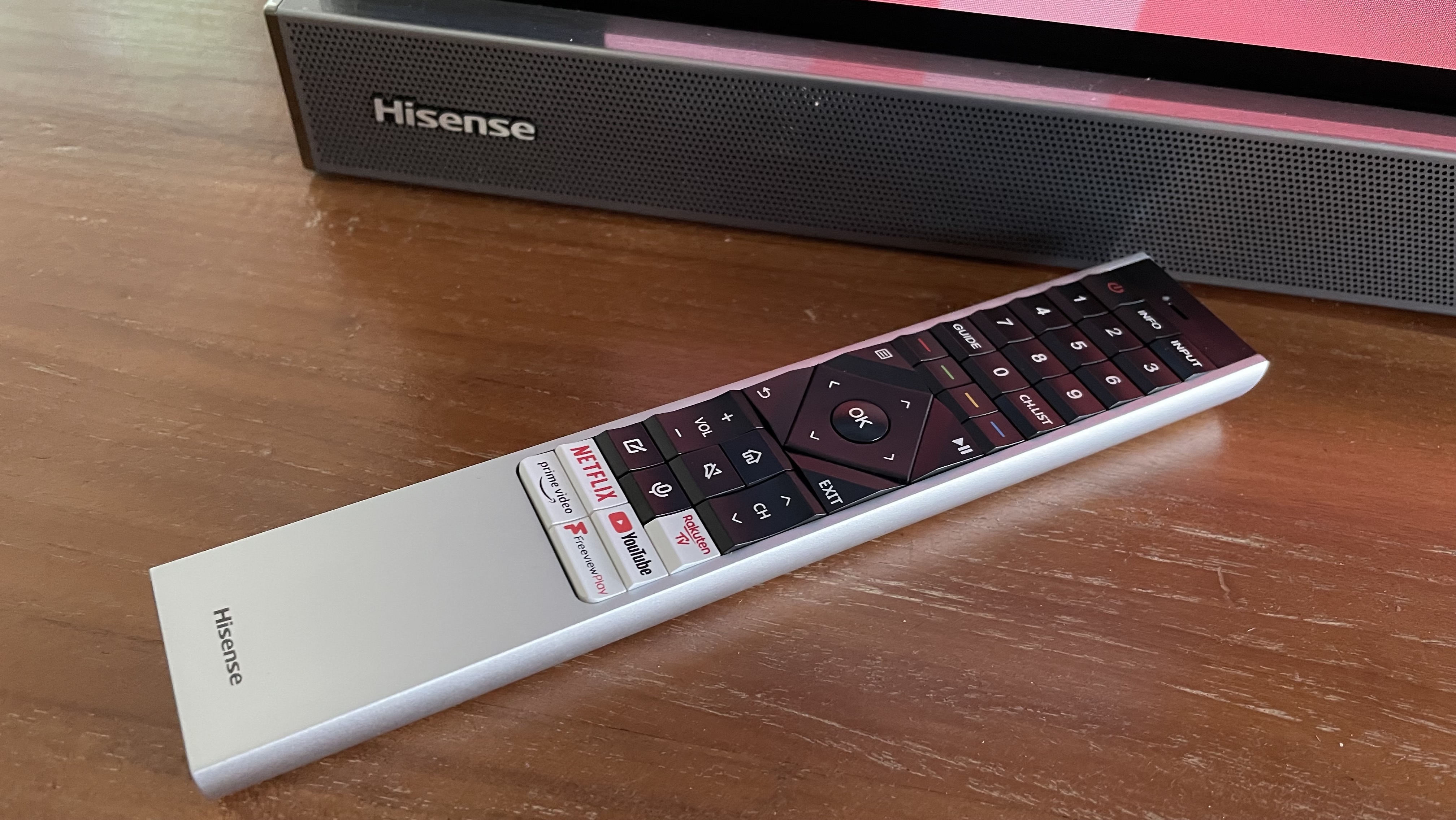
One possible reason for the loss of shadow detail in Dolby Vision Dark mode is that the 65A9G isn’t the brightest OLED TV around. The highest measurement of brightness we could get on a white HDR box covering 10% of a black screen was 756 nits - and that’s in the rather gaudy Sport preset. The Cinema-related and IMAX presets all came in between 500 and 550 nits - a couple of hundred nits below what many OLED rivals are attaining this year.
The Dolby Vision IQ mode just about saves the out of the box preset day, doing a pretty good job of continually optimising images to your room’s lighting conditions. The catch here is that it appears that the TV applies a little undefeatable motion processing to the DV IQ mode, which isn’t helpful.
Particularly puzzling to me is the way the Cinema Night setting produces pictures much brighter and more dynamic than those you get with the Cinema Day mode (even though the Ambient light sensor appears to be on by default with both modes) when surely logic dictates it should be the opposite way round?
Unfortunately, motion isn’t a great area for the 65A9G generally. Without motion processing active, for starters, 24p movie playback can exhibit some quite exaggerated and oddly inconsistent judder. Yet most of the motion processing settings generate other issues, such as distracting flickering, smearing or haloing digital artefacts that are more distracting than the judder.
The most effective motion options in terms of reducing judder without making the image look too smooth or generating too many processing side effects are Film and Clear - though frustratingly Film can occasionally exhibit some quite extreme stuttering with certain camera pan speeds, while Clear can still exhibit minor haloing or double edging during at times.
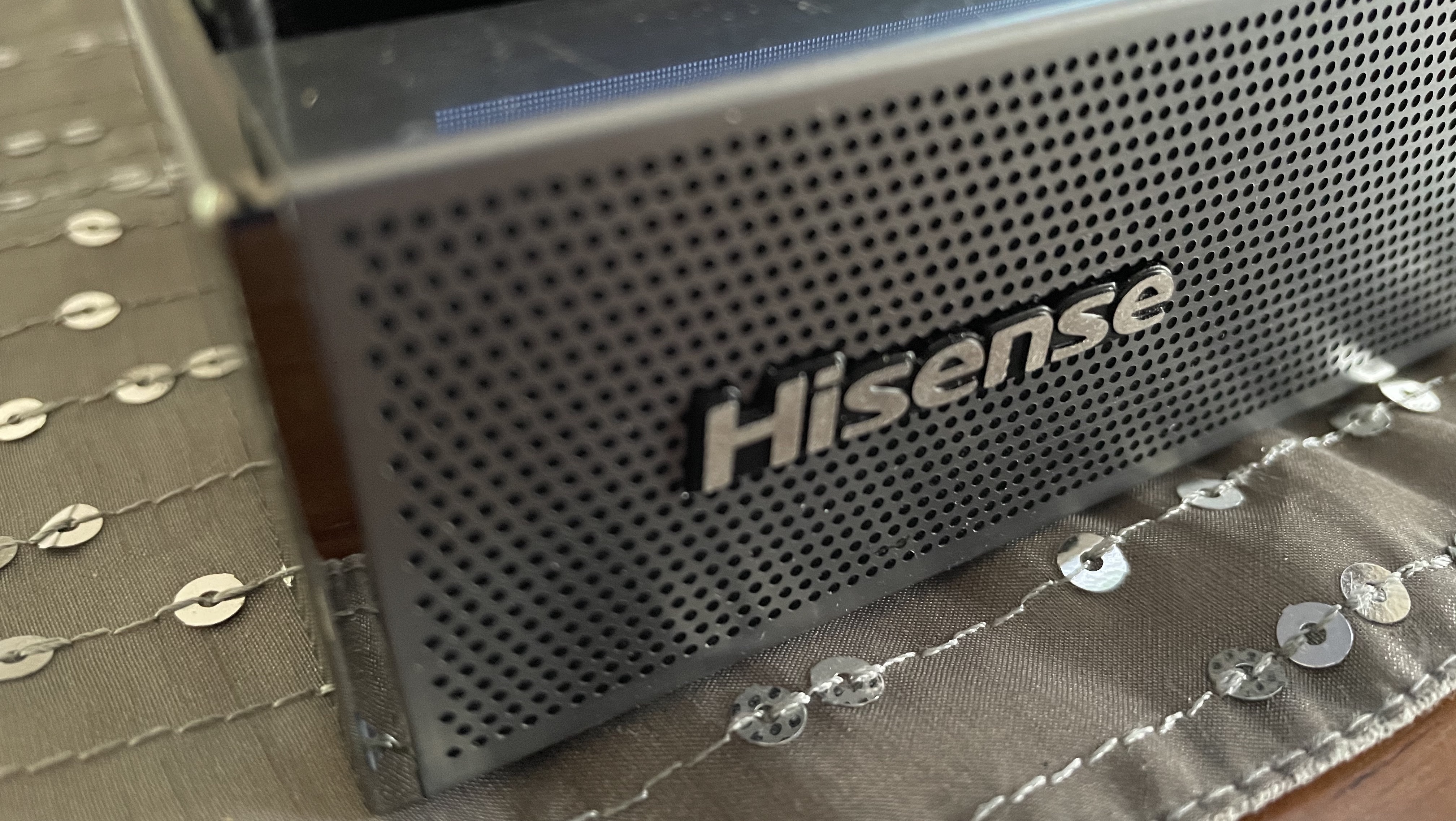
Audio performance
Hisense has done a great job here. The 65A9G’s speakers can go really loud without breaking down, distorting or causing cabinet buzzes. The key parts of the sound have a pleasingly ‘forward’ impact, too and while more ambient parts of the soundtrack tend to sound like they’re coming from slightly behind the screen, the way this combines with the forward part of the sound actually creates an enjoyable 3D effect.
The sound spreads well away from the screen, too and there’s a palpable sense of height as well as width to Dolby Atmos tracks.
Dialogue is always outstandingly clear without losing context, and there’s enough bass to underpin the impressively open mid-range and ensure that trebles don’t dominate. As a result, the sound seldom becomes harsh even during dense movie soundtrack moments, and the speakers even manage to escalate their sound smoothly and powerfully as action scenes build up a head of steam.
Should you buy the Hisense A9G (55A9G, 65A9G)?
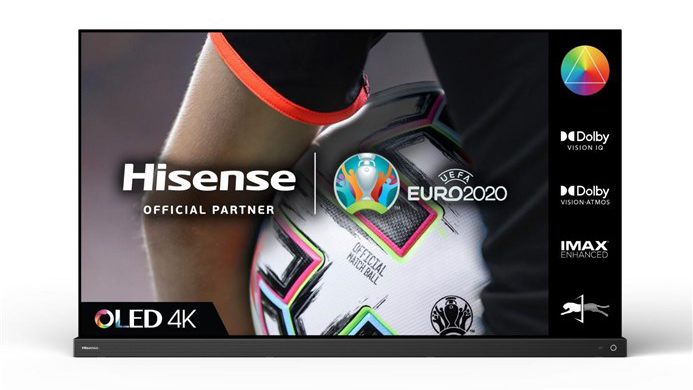
Buy it if...
You want genuine OLED thrills for less money
The 65A9G gives you OLED’s familiar black level, local contrast and viewing angle prowess for less money than any rival 65-inch OLED TV right now. Albeit not by much.
You value contrast over brightness
While the 65A9G isn’t as bright as premium LCDs or many of 2021’s OLED TVs, its pixel-for-pixel lighting does deliver lovely contrast result in dark rooms.
You want a good built-in sound system
The soundbar built into the 65A9G is impressive, delivering a powerful, detailed, room-filling sound that even stands up to the test of a good Dolby Atmos mix.
Don’t buy it if…
You can afford a bit more
The LG 65C1, for instance, only costs £100 more than the 65A9G at the time of writing, but offers superior image processing and better gaming support. Its sound quality isn’t as good as the Hisense’s though.
You want a cutting edge gaming display
The 65A9G’s lack of 4K/120Hz support and slightly high gaming lag (compared with rival TVs this year) may deter people with a PS5, Xbox Series X, and the latest PC cards.
You don’t like tinkering with picture settings
The 65A9G’s picture presets aren’t helpful, leaving you needing to head into the image set up menus quite regularly to improve things.
- Interested in OLEDs? Check out our guide to the best OLED TVs
John has been writing about home entertainment technology for more than two decades - an especially impressive feat considering he still claims to only be 35 years old (yeah, right). In that time he’s reviewed hundreds if not thousands of TVs, projectors and speakers, and spent frankly far too long sitting by himself in a dark room.

